The History of Black History Month
a brief look at Carter G. Woodson, and 5 books to celebrate Black History Month
February is Black History Month and when I was thinking about what I wanted to write about, I realized that I did not know about the founding of Black History Month — who started it? When did it start?
Growing up white in a largely homogenous suburb of Seattle, Black History Month meant lessons at public school about influential Black figures who were pivotal in the Black Rights Movement — Martin Luther King Jr. and Rosa Parks. Upon reflection, this meager education falls flat and shallow, we didn’t learn about nearly enough influential Black Americans. An excellent example of this shortcoming: in all my years of public-school-sanctioned Black History Month curriculum, I never once learned about Carter G. Woodson - the Black historian, author, editor, and publisher who founded Black History Week, the impetus for Black History Month.
Born December 19th, 1875, Carter G. Woodson was the son of Anne and James, former enslaved people, who now owned and operated a small farm. Goodwin spent his childhood working on the farm and in coal mines to help support his family and was primarily self-taught. At the age of 18, he was finally able to enroll in high school and graduated just two years later.
He went on to receive his bachelor’s degree in Literature from Barea College in Kentucky, his master’s degree at the University of Chicago and was the 2nd Black man, after W.E.B. Dubois, to earn a Ph.D. from Harvard. Throughout his schooling and early career, Goodwin worked as a teacher and educator.
As a dues-paying member of the American Historical Association (AHA), Goodwin found it disparaging that he was not allowed to go to any of the meetings. He became increasingly concerned with the organization’s primarily white membership and their white-washing of history, which meant the history of Black Americans was largely underrepresented and forgotten.
He saw African-American contributions "overlooked, ignored, and even suppressed by the writers of history textbooks and the teachers who use them." (www.ncaap.org)
Goodwin settled in Washington D.C., and worked tirelessly his entire life as an educator, author, publisher, and editor to combat the erasure of Black history. Recognizing that the AHA was not the platform for presenting an unbiased history, he founded the Association for the Study of African American Life and History (ASALH) in 1915, and a year later, in 1916, founded the Journal of African American History. Continuing in his pursuit of making Black voices more accessible he founded The Associated Publishers in 1921, which published the work of respected black scholars on the subject of Black history. One of his best-known works is The Mis-Education of the Negro (1933)
In 1926, Goodwin and the Association for the Study of African American Life and History created Negro History Week during the second week of February, a week that was selected because it contained both the celebrated birthdays of Abraham Lincoln (Feb 12th) and Frederick Douglass (who was born enslaved and did not know his exact date of birth, but later celebrated on Feb 14th). About the week, he is credited with writing:
“It is not so much a Negro History Week as it is a History Week. We should emphasise not Negro History, but the Negro in History. What we need is not a history of selected races or nations, but the history of the world void of national bias, race hatred and religious prejudice.”
I mean….could it be expressed any more eloquently? We need this truth.
Carter G. Woodson died from a heart attack in 1950 and did not live to see Negro History Week expand during the Civil Rights Movement, gaining popularity and national recognition in the 1960’s.
In February of 1976, on the 50th anniversary of the beginning of Negro History Week and two hundred years after the founding of America, the ASALH made the shift to Black History Month (www.voa.com), urging then-President Gerald Ford to issue a proclamation declaring February Black History Month. Instead, Ford chose to issue a Presidential message celebrating Black History Month, a tradition followed by every subsequent president. It wasn’t until 1986 that Congress passed a law officially making February Black History Month. All thanks to Carter G. Woodson.
PHEW. I hope you enjoyed this mini-lesson about the history of Black History Month. I know I learned a TON that I didn’t know at all, and it inspired me to try harder and do better to highlight and learn about “the history of the world void of national bias, race hatred and religious prejudice.” Focusing on highlighting the stories and lives of more Black individuals who are our collective history.
LIT TIP
Stay curious. Reading books for children isn’t just for entertainment - and it isn’t just for them. It is an opportunity for collective learning. So much of what I know about the world I have learned from Children’s Books.
FROM THE STAX
CHILD OF THE CIVIL RIGHTS MOVEMENT by Paula Young Shelton and Raul Colon
Paula tells her true story of growing up as a child of Civil Rights activists, Andrew and Jean Young, during the Civil Rights Movement of the 1960’s, focusing on the Freedom Riders, Jim Crow, and the March from Selma to Montgomery. A beautiful introduction to the history of Jim Crow, the Civil Rights Movement, and the power of people coming together, creating family, sharing their individual strengths, and enacting change. There is great information, including a cast of real-life history makers, presented through the lens of a child, and written to help both children and adults gain knowledge and insight. Read this book!
DUKE ELLINGTON by Andrea Davis Pinkney Illustrated by Brian Pinkney
Follow Duke’s career from his reluctant lesson-taking as a child, to his pinnacle performance of Black, Brown, and Beige, Duke’s orchestral tribute to African Americans performed at Carnegie Hall in 1943. This incredible biography is supplemented with swirling bold art and poetic words that sing just as brilliantly as Duke’s songs. This book introduces you to each member of the Washingtonians, Duke’s early band, and promotes the idea of music being a form of protest and freedom, a key to self-expression, and a door to human connection.
EVERYWHERE BEAUTY IS HARLEM: THE VISON OF PHOTOGRAPHER ROY DECARAVA by Gary Golio Illustrated by E.B. Lewis
Follow an imagined day in the life of Roy DeCarava, celebrated Harlem artist and photographer. In this book, we see Harlem through the eyes DeCarava as he leaves work and walks around Harlem, using his campera to capture the beauty in the world all around him. With a simple storyline and whimsical art, this book asks us to notice the small moments that surround us, that make us intrinsically human, that connect us and the world. This book made me want to know more about Roy DeCarava and experience more of his art and his world.
I PROMISE by LeBron James Illustrated by Nina Mata
Yup, THAT LeBron James. Not only does the man work tirelessly at being the GOAT, he also founded the I Promise school and foundation in his hometown of Akron, Ohio to help support public school kids who are at high risk of falling through the cracks. This book is not about that school, but the foundation is the same — a belief that success starts with the promises we make to ourselves, to be leaders, examples, kind friends, hard workers, and overall good people. With a repeated refrain of “I Promise…” paired with different goals and loveable illustrations, this book is an inspiration.
ON MARDI GRAS DAY by Fatima Shaik Illustrated by Floyd Cooper
Starting before the parades, with the dressing of the Mardi Gras Indians, this book follows one New Orleans family through their Mardi Gras day, full of parades, celebration, and fun. As a lover of all things Mardi Gras, I enjoyed taking my kids to our (tiny) local Mardi Gras parade (the beads have provided hours of entertainment) and supplementing that experience with this book —which offers a glimpse into the history and experience of a real Mardi Gras party.
BONUS BOOKS
because I can’t stop! Here are a few from our home library that I’d highly recommend:
FREIGHT TRAIN by Donald Crews
FREEDOM ON THE MENU by Carole Boston Weatherford illustrated by Jerome LaGarrigue
LITTLE LEADERS: BOLD WOMEN IN BLACK HISTORY by Vashti Harrison
As always, thanks so much for being here, thanks so much for sharing, and thanks so much for you!
Happy reading y’all.
SOURCES:
www.voa.com, https://www.britannica.com/, https://naacp.org, https://en.wikipedia.org


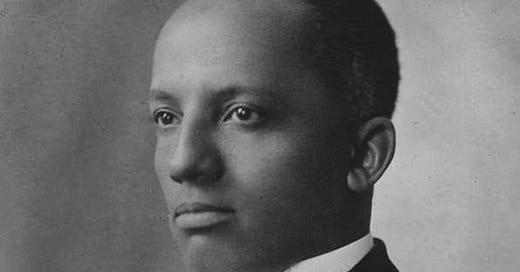




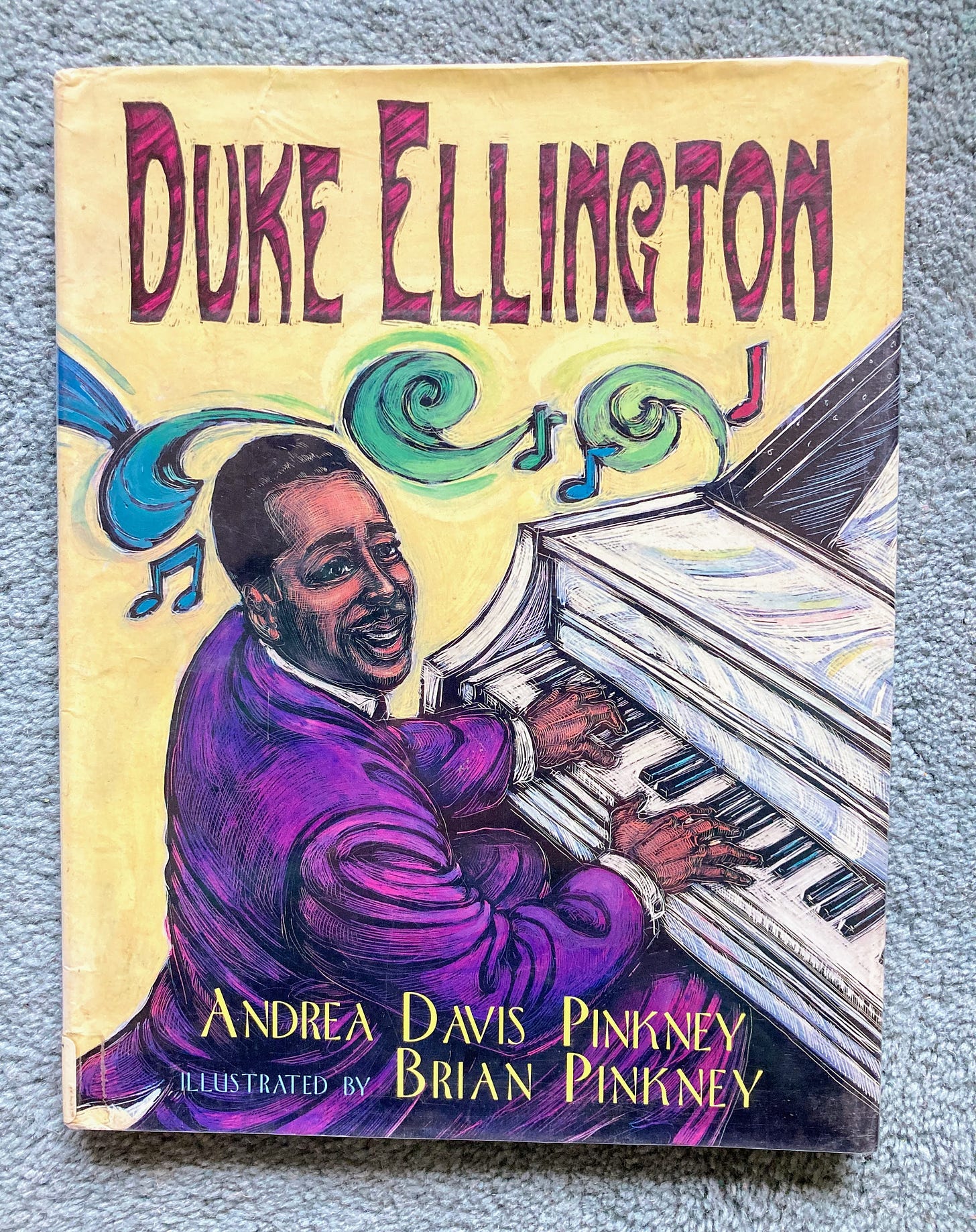
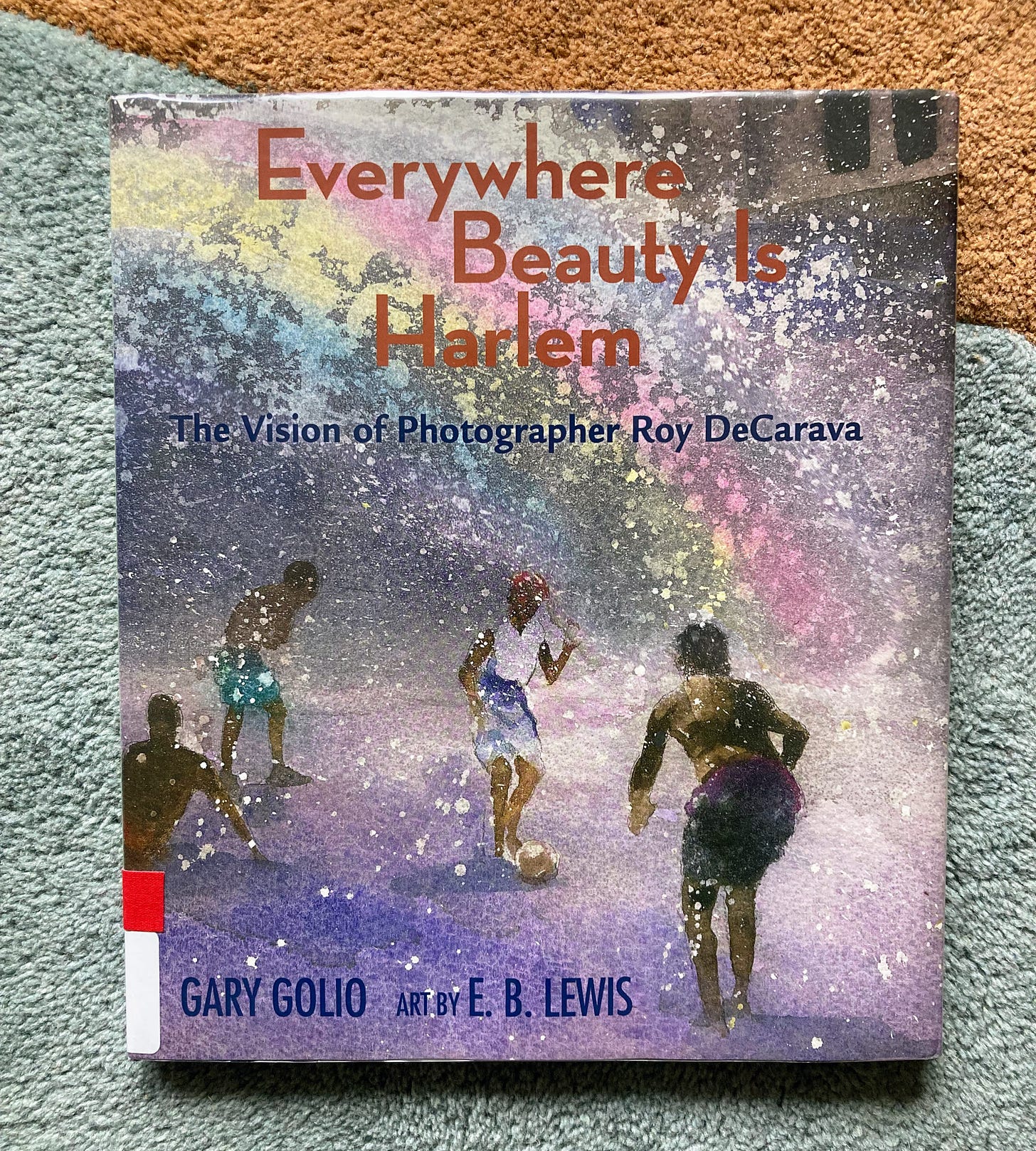
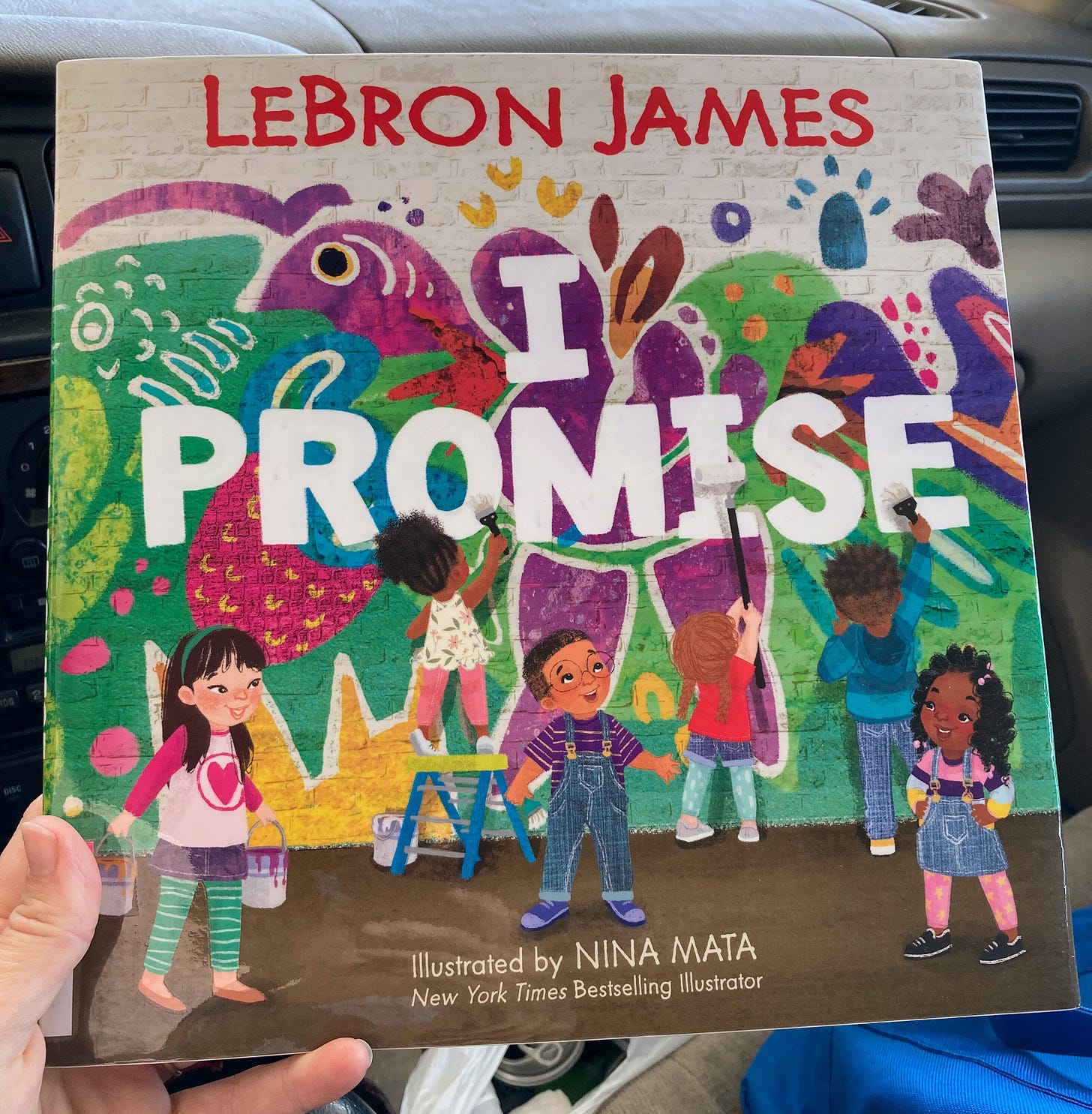
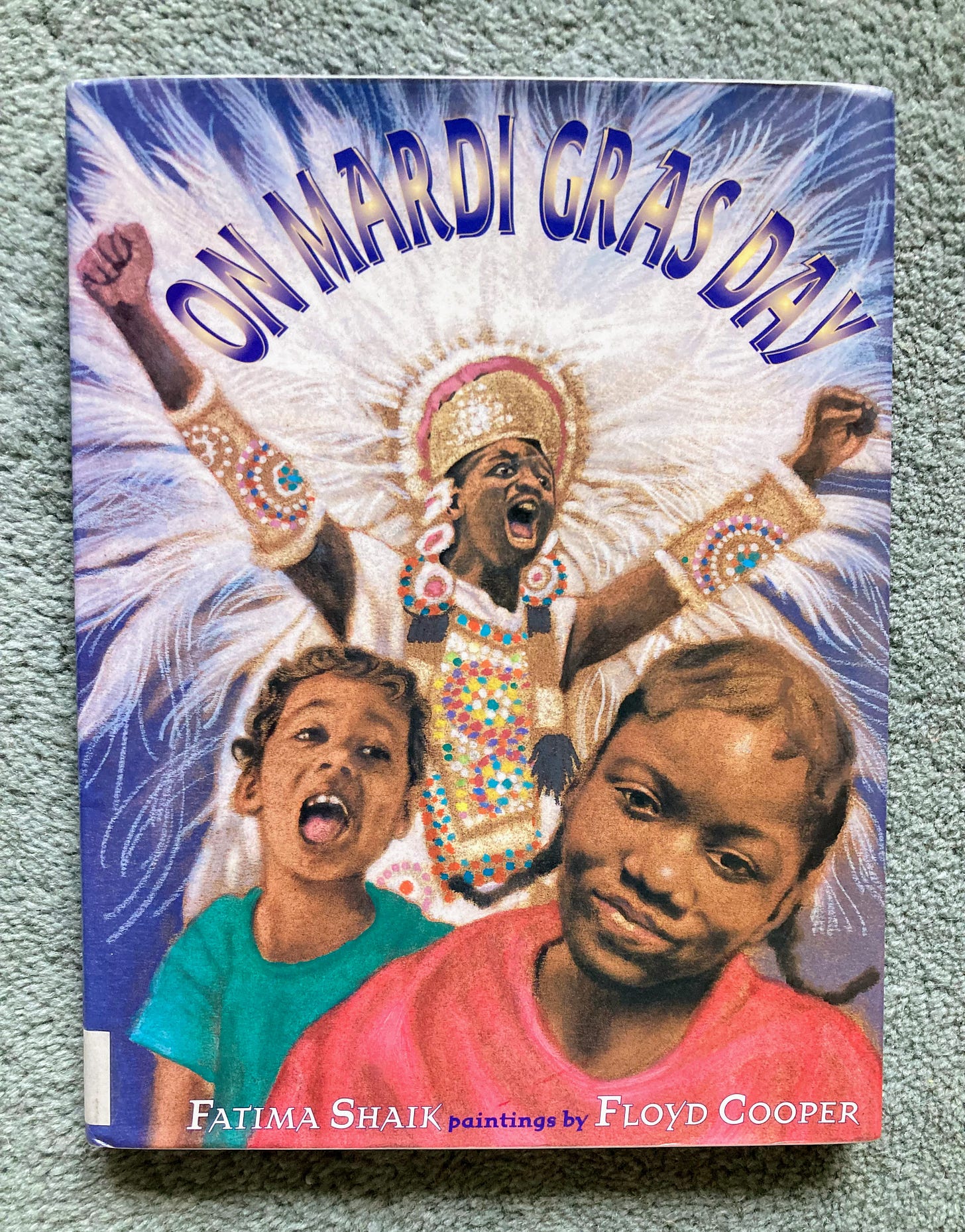
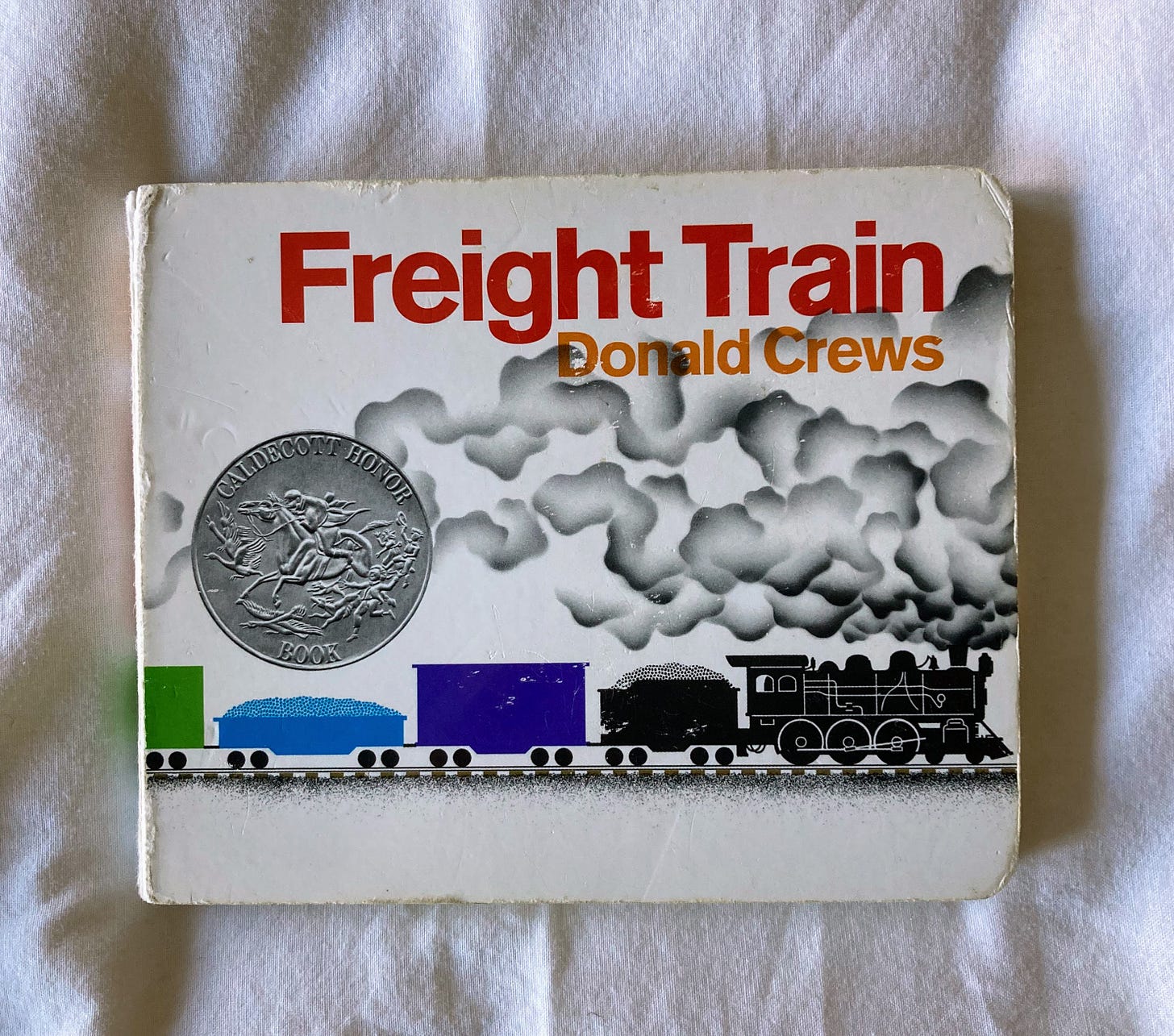
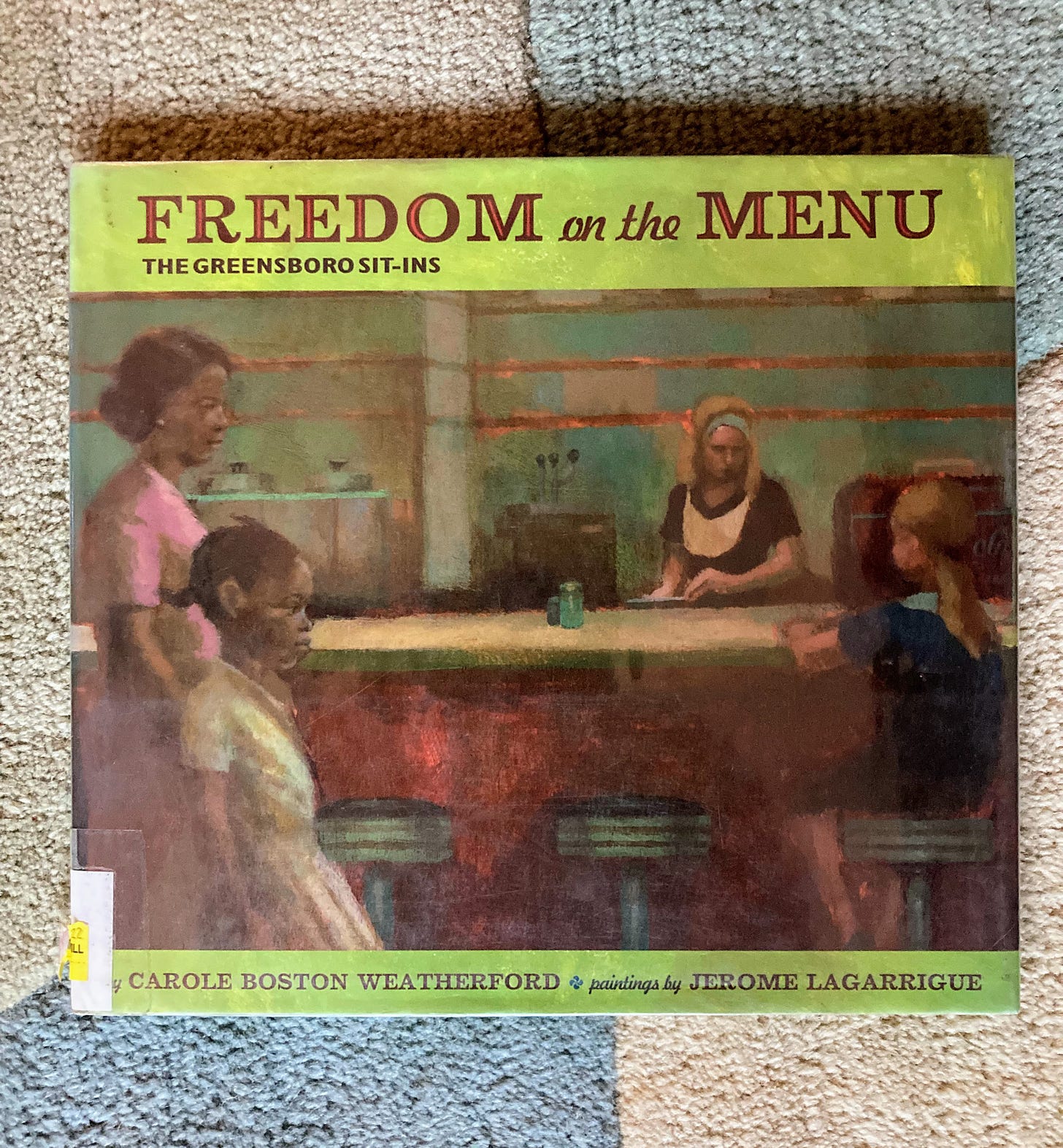
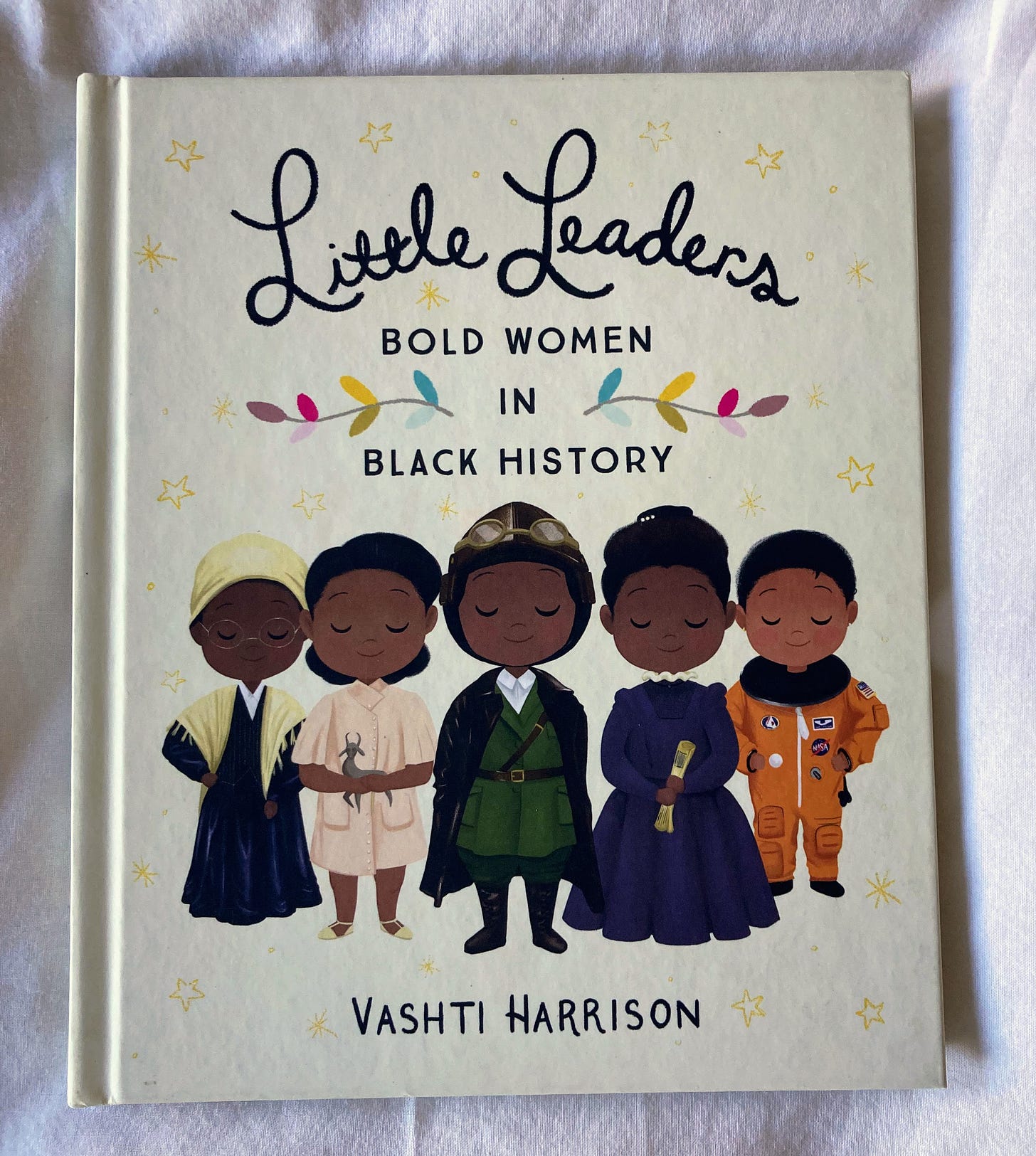
I LOVE this article! I had no idea either on the roots of Black History Month; I learned a ton! Thank you for doing the research and sharing it with us. Also I loved the books you shared. Carole Boston Weatherford’s works are pure gold.